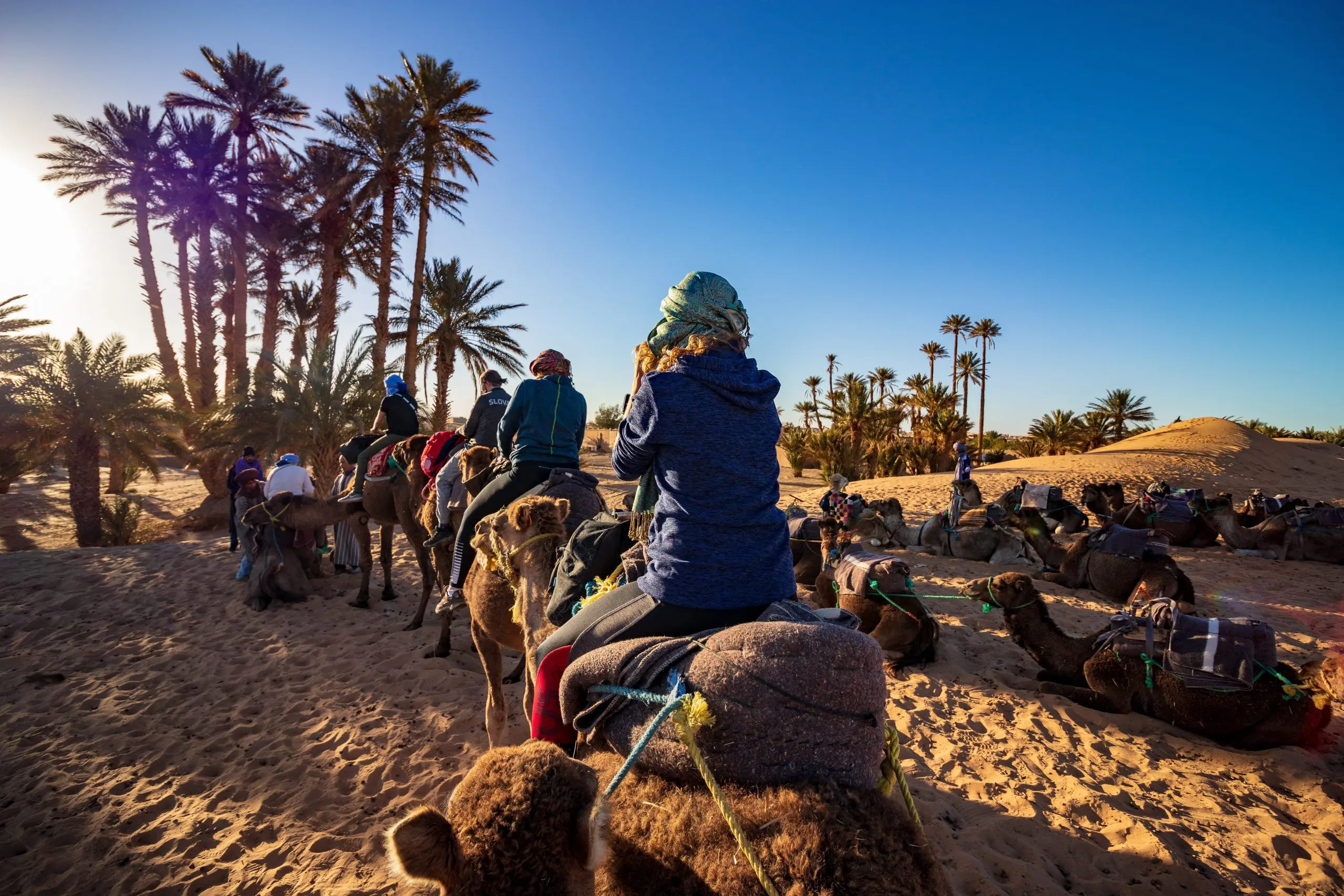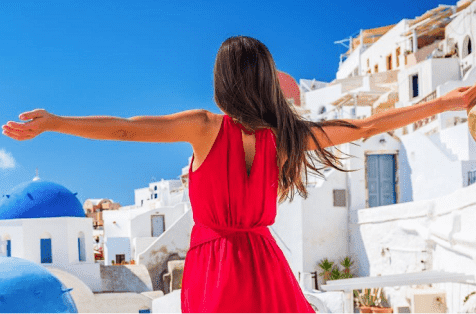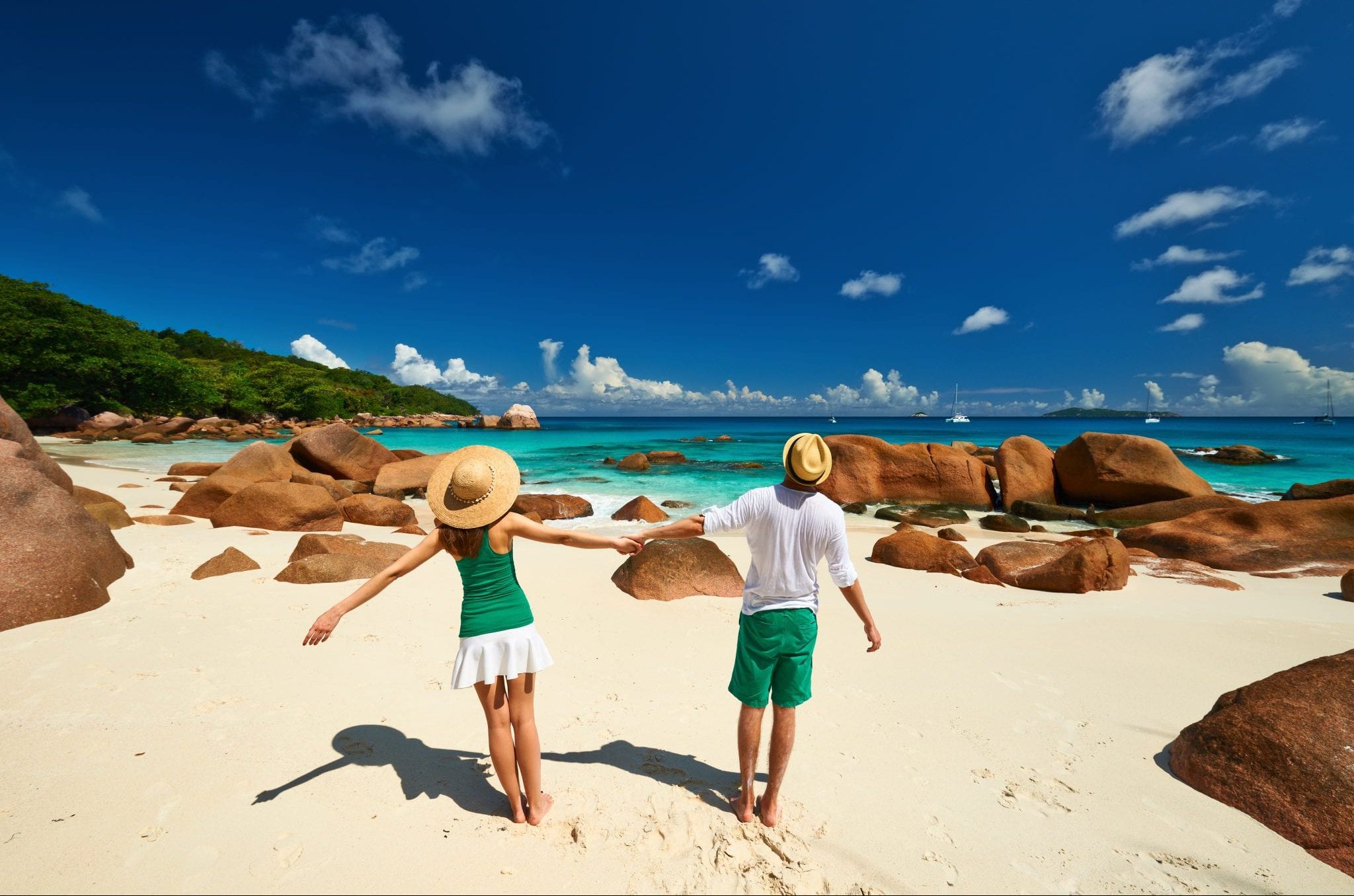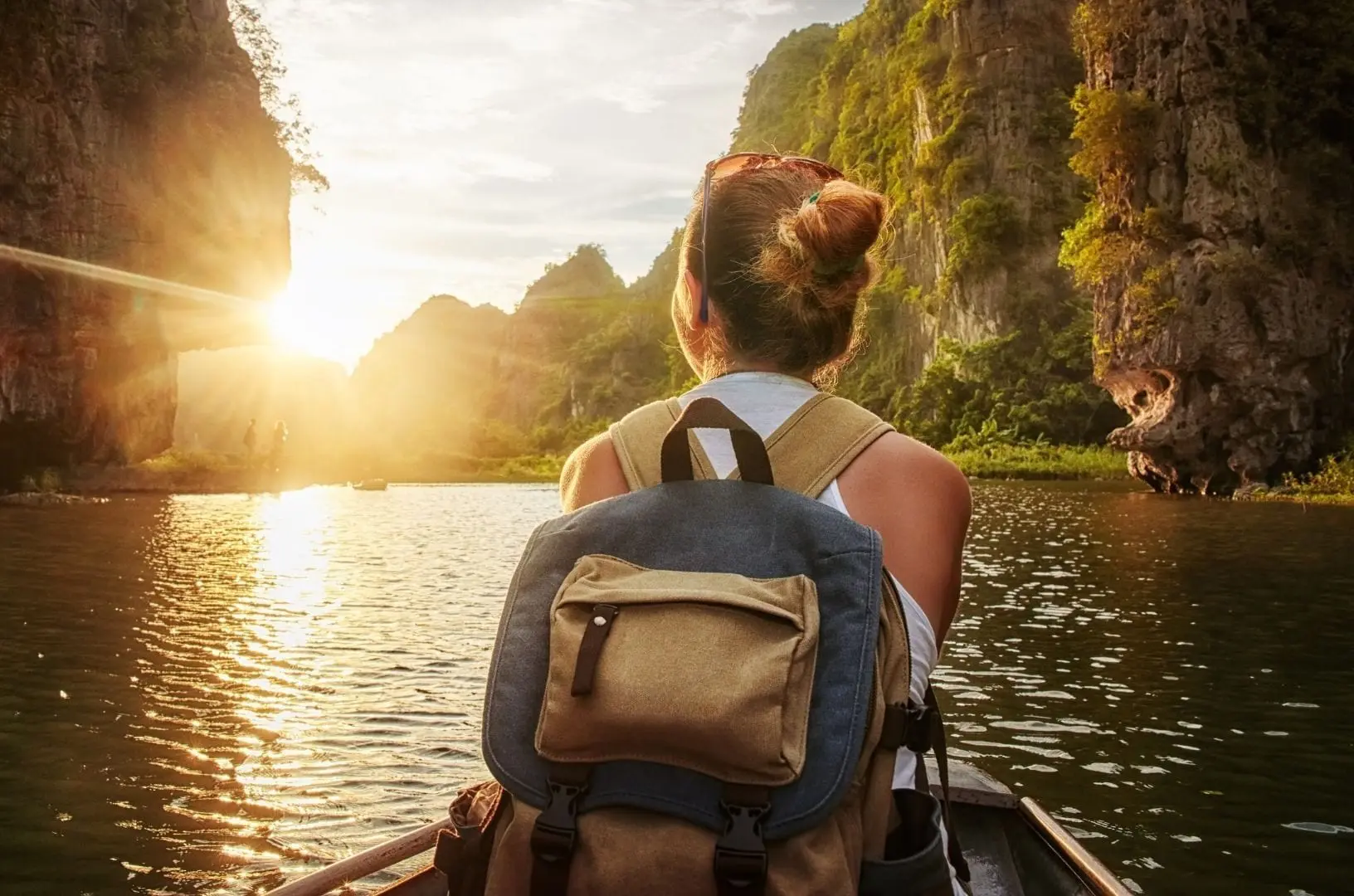Wat Rong Khun isn’t your standard Buddhist temple. At a glance, the gleaming structure might be mistook for something straight out of a Thai fairy tale. The sublime temple is the ingenious product of Chalermchai Kositpipat’s mind and a unique stand out of the Chang Rai region. Here’s everything you need to know about this incredible temple complex.
History of Wat Rong Khun
Thailand is partial to a Buddhist temple. Buddhists make up an immense 93% Thailand’s population and is hugely influential on Thai history. Consequently, a temple can be found at every turn with its own story to tell.
The Wat Rong Khun temple in particular was built on an old, decayed temple in need of modification. Chang Rai local and visual artist Chalermchai Kositpipat decided to self-fund an artistic project on the grounds. He has often voiced the ‘White Temple’ as his life’s work, the temple became open to the public in 1997 where construction continues. The temple was damaged by an earthquake in 2014, but fortunately was successfully restored in just two years. In 2016 the temple became dedicated to King Rama IX who passed away that year.
Kositpipat’s vision blends both Hindu and Buddhist temple architecture to create the temple. The structure brims with symbolism and its visionary designed is predicted to be complete by 2070.

What makes it so special?
First off, the temple is noticeably stark white. Most functioning temples in Thailand follow a gold and red colour palette. But Kosipipat decided that the temple would be white to symbolise Buddha’s purity. As a result, Wat Rong Khun symbolises a significant collaboration between tradition and modernity.
Kosipipat’s style and modern vision has stirred controversy amongst monks, contemporaries and even the Thai government. As it is inspired by elements of mythology and modern day heroes, Superman, Batman and even Neo from the Matrix can be found occupying the temple. Kosipipat believed these modern day figures aligned perfectly with Buddhist practices and beliefs.
The lead up to the main temple has many parts and is an epic journey within itself. This includes:
The bridge of ‘the cycle of rebirth’
The first steps include a chilling exhibit with hundreds of hands reaching up to the heavens. It represents insatiable human desire and the suffering it produces. What follows is the bridge known as ‘the cycle of rebirth’ which symbolises freedom from the human state of suffering. This means letting go of Earthly desire and achieving total tranquility.

Gate of Heaven
Before entering the Ubosot, visitors will be tested by two Godly statues. Two huge statues represent the Gate of Heaven as Death and Rahu and here the fate of man will be decided.

Ubosot
The Ubosot is the main part of the temple and received damage in the 2014 earthquake. The beautiful structure is made up of thousands of mirror pieces to symbolise Buddhas purity. In a traditional temple, you will usually find the tales of Buddha on the walls. But here you will find walls adorned with tales of Spiderman, Neo and Star Wars.

The golden building
The golden building is a sister temple to the ‘White building’. If the ‘White building’ represents the mind, then the golden building represents earthly desires and material possessions.

How do I get there?
Admissions is only 100 baht to foreigners (about $3 USD) and allows free access for Thai citizens. If you’re itching for a visit, check out our Thailand tours that suit every pace. The small group tours will take you through Thailand with expert eyes, including an essential stop at the remarkable Wat Rong Khun.
 December Sale; Save 50%
December Sale; Save 50%  Croatia Sailing : Save 50%
Croatia Sailing : Save 50% Asia Tours : 50% Off
Asia Tours : 50% Off Central & Eastern Europe Tours: 50% Off
Central & Eastern Europe Tours: 50% Off  Why Travel Talk
Why Travel Talk Travel Talk Blog
Travel Talk Blog Responsible Travel
Responsible Travel Fair Travels with Travel Talk
Fair Travels with Travel Talk